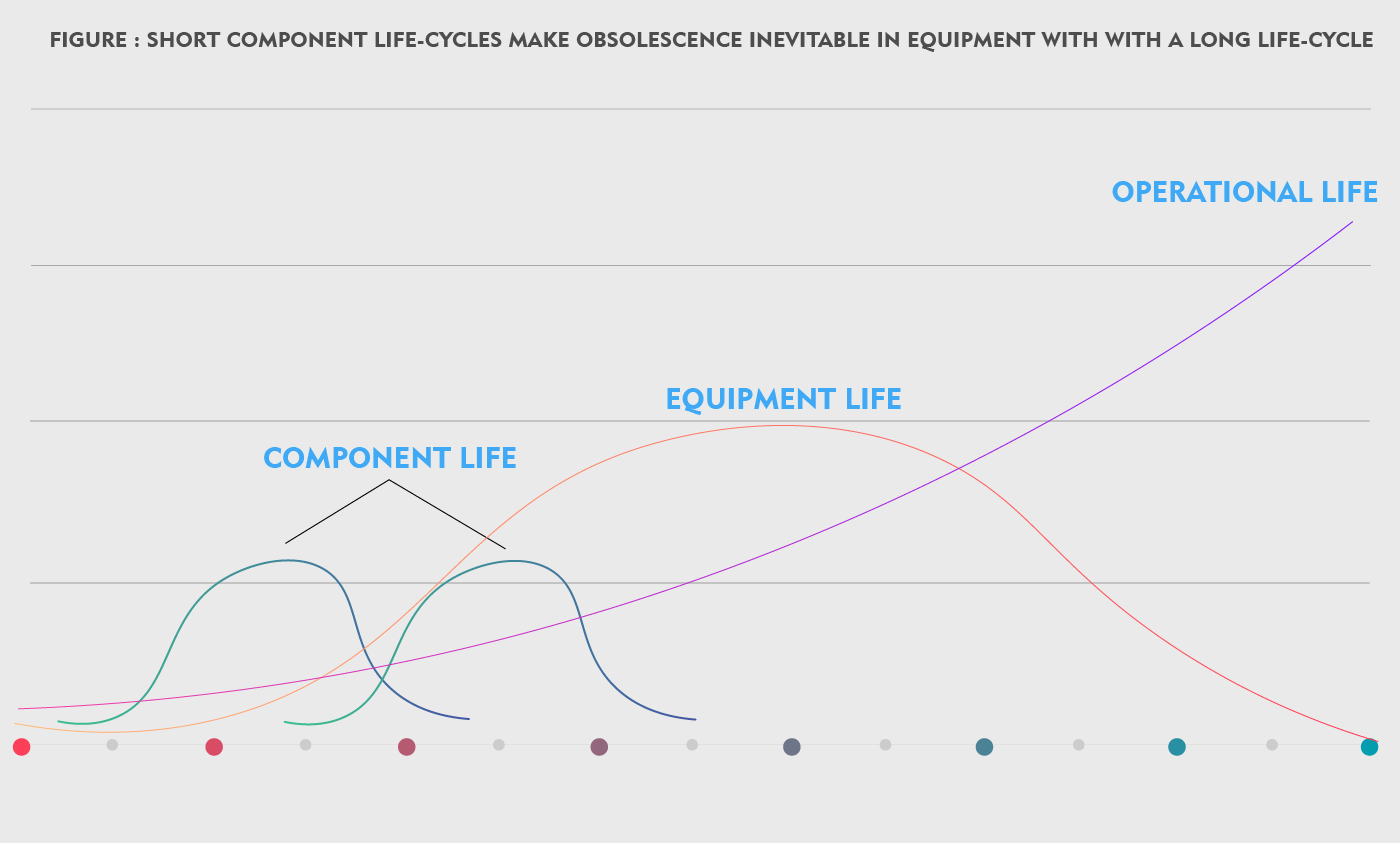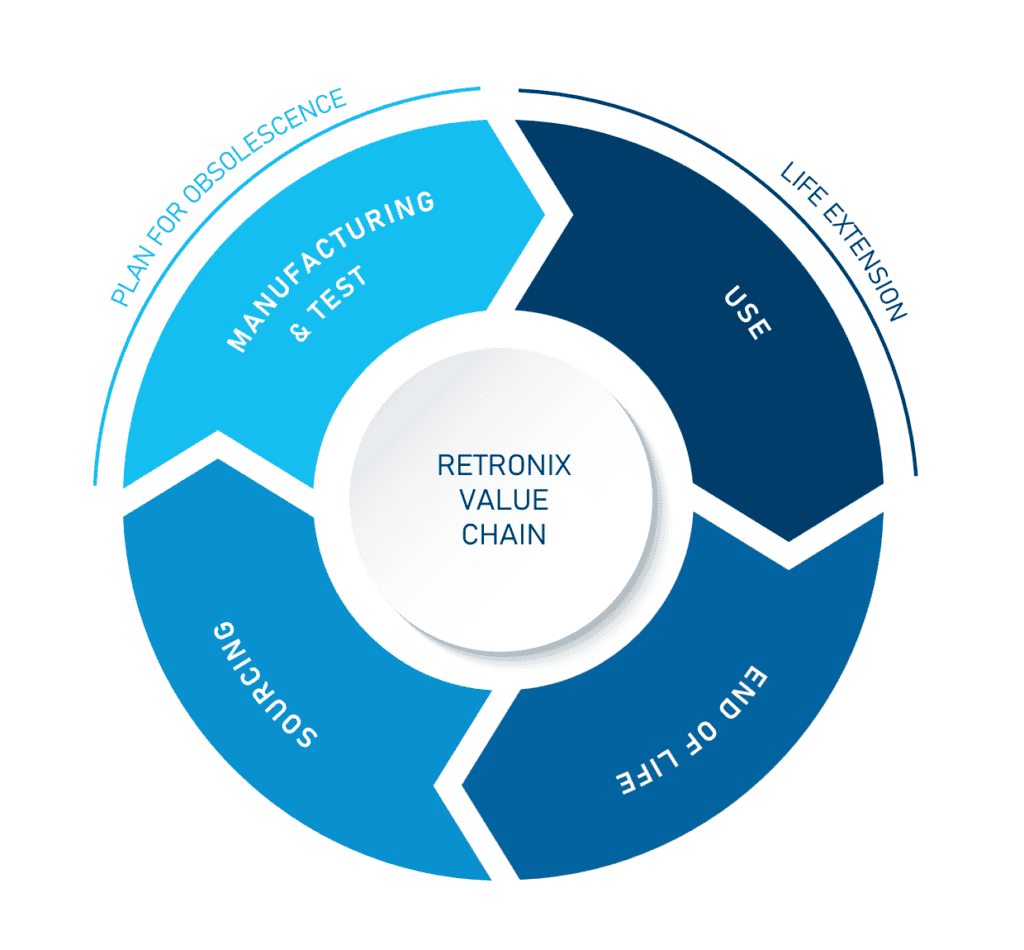- Home
- Who We Are
- What We Do
- Industry Applications
- Circular Economy
- Media
- Information Packs
- Interesting Reads
- What is Robotic Solder Dip (Retinning, Alloy Conversion, Alloy Refresh)?
- Reballing: What Is It And When Do You Need It?
- The Quiet Deadline: How Obsolescence Shapes Modern Production
- Safeguarding the Supply Chain: How Retronix Component Services Provides Solutions for High-Reliability Industries
- Is Your Supply Chain Safe? Combatting the Threat of Counterfeit Electronic Components
- Quality
- Contact
Safety in railway applications
MANAGING OBSOLESCENCE IN THE RAIL INDUSTRY
The increased use of electronic systems in rolling stock and rail infrastructure has undoubtedly improved operational efficiency and safety for the rail operator. For the rail engineer, however, these electronic systems come with the added challenge of managing obsolescence.
Ask anyone today how long electronic systems are supposed to last and the answer will likely be between five and ten years. Technology advances so quickly that equipment rapidly becomes outdated. None of this sits well with railway philosophy, where a 40-year life for trains and signalling is regarded as the norm.
There is a simple reason why the rail industry is vulnerable to obsolescence. Being that most electronic component and equipment manufacturers are focused on their next-generation products and emerging technologies.
Technical obsolescence means that the correct operation of the equipment cannot be guaranteed because spare parts or technical support is no longer available from the manufacturer.
To determine the obsolescence strategy for a product or system, the engineer needs to assess the likelihood and impact of obsolescence during the life-cycle. This assessment takes place at the initial design stage and is reviewed periodically.
EXTENDING LIFE
There is no magic bullet for this. A number of ways of achieving life extension are possible, including:
- Obtaining a ‘last time’ buy from the original manufacturers before the equipment goes out of production;
- Obtaining equivalent components and design these into the system – normally at assembly board level but this can go down to individual components under certain conditions;
- Designing a replacement unit that can be integrated into the existing system and use the displaced items as a source of spares for other units in the system;
- Sourcing a second-hand component, but great care needs to be taken to ensure that any replacement is fully tested and possibly enhanced before being fitted;
- Bespoke servicing of systems, once data sheets and service manuals have been obtained;
- Finding partners who can assist with the environmentally controlled storage of components.

Excerpts and source from : IIOM and Rail Engineer
How Retronix can help?

MANUFACTURING STAGE: Re-integrate high value components from fallout back into your supply chain.
LIFE EXTENSION: Re-condition, re-fresh, test and verify components for aftermarket care and future sourcing.
END OF LIFE AND RE-SOURCING: Recover from scrap, prepare for re-use, test, validate and verify for integration in your refurbishment and manufacturing stages.
WANt to know more about our industry applications?
© 2024
UK: Retronix, North Caldeen Rd, Coatbridge, Scotland, United Kingdom. ML5 4EF / Email: sales@retronix.com / Phone: +44 (0) 1236 433 345
USA: Retronix Global Inc, 1007 S Heatherwilde Blvd, Ste.300, Pflugerville, TX, 78660 / Email: USA@retronix.com
USA: Retronix, 10560 Dr.M.L.K Jr Street North, St.Petersburg, FL, 33716 / Email:USA@retronix.com

